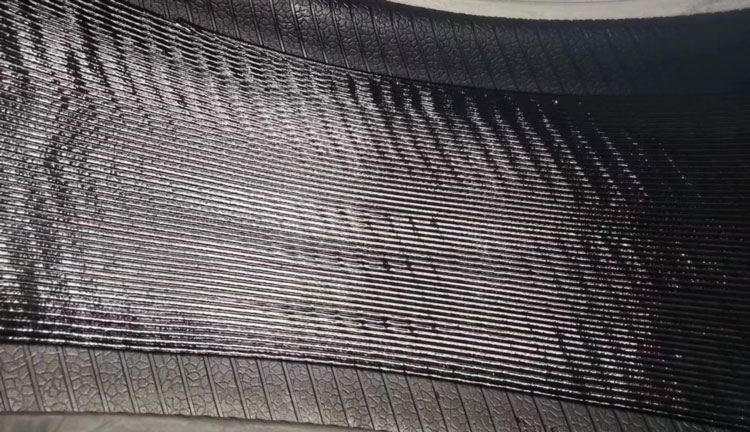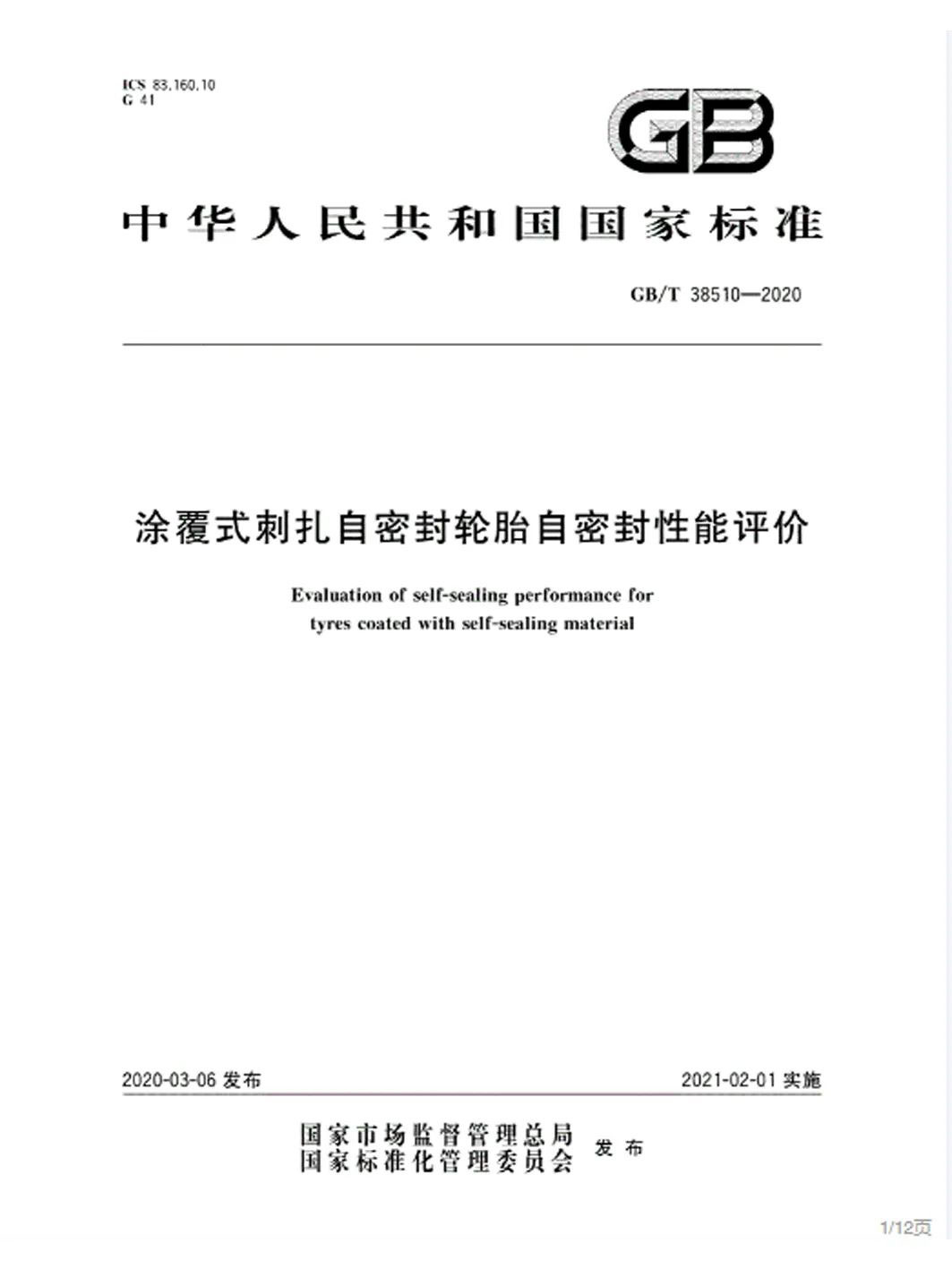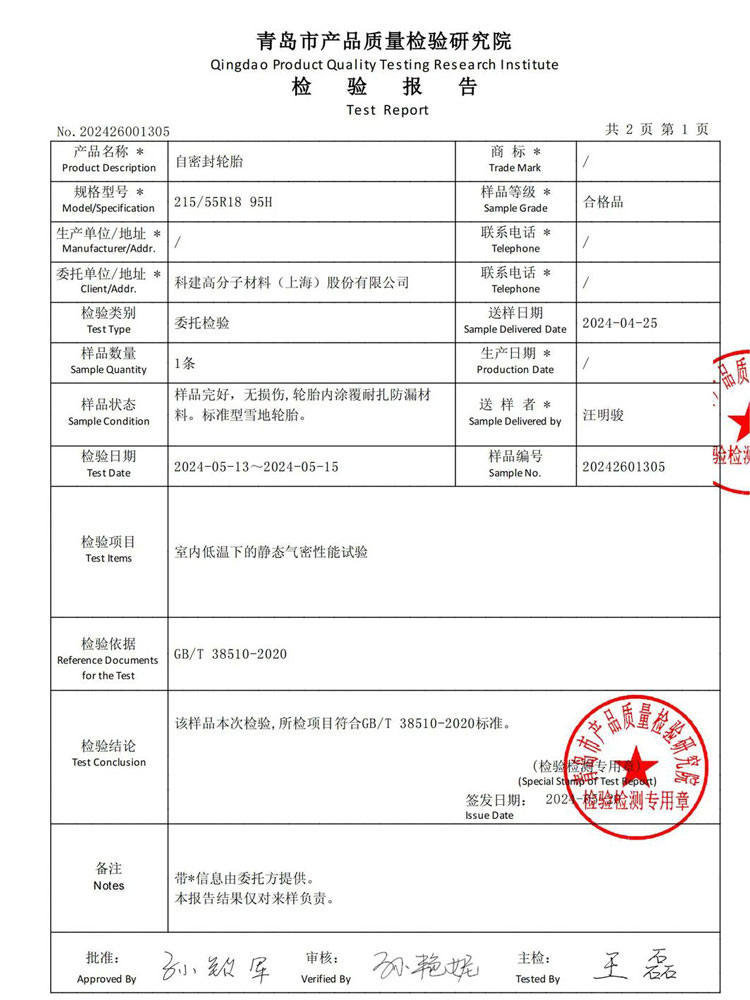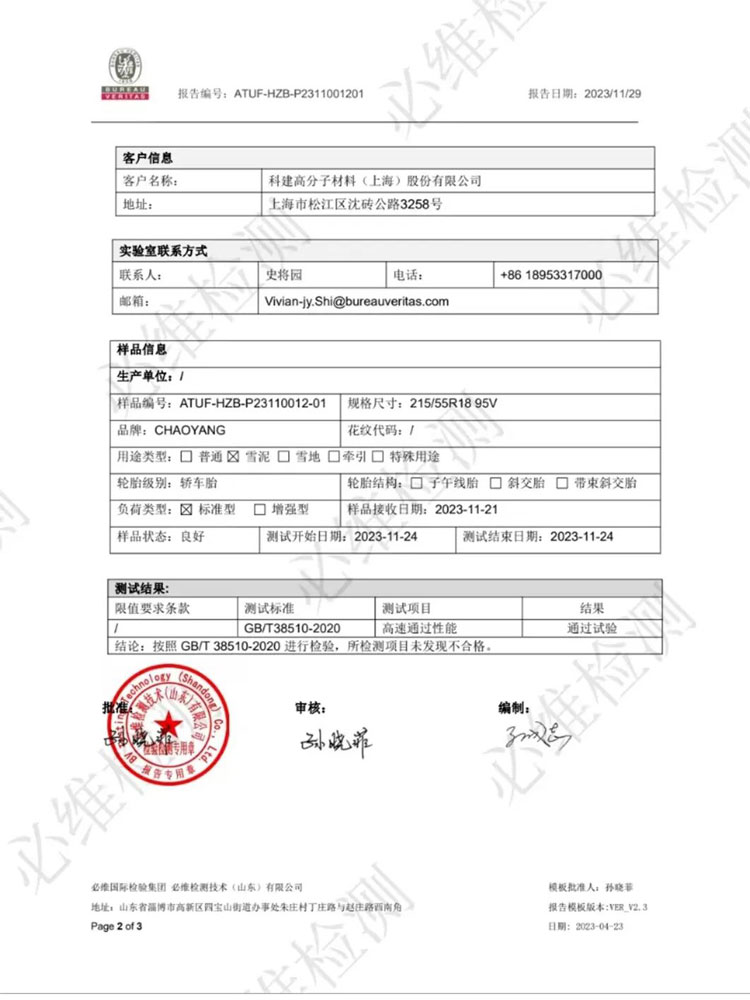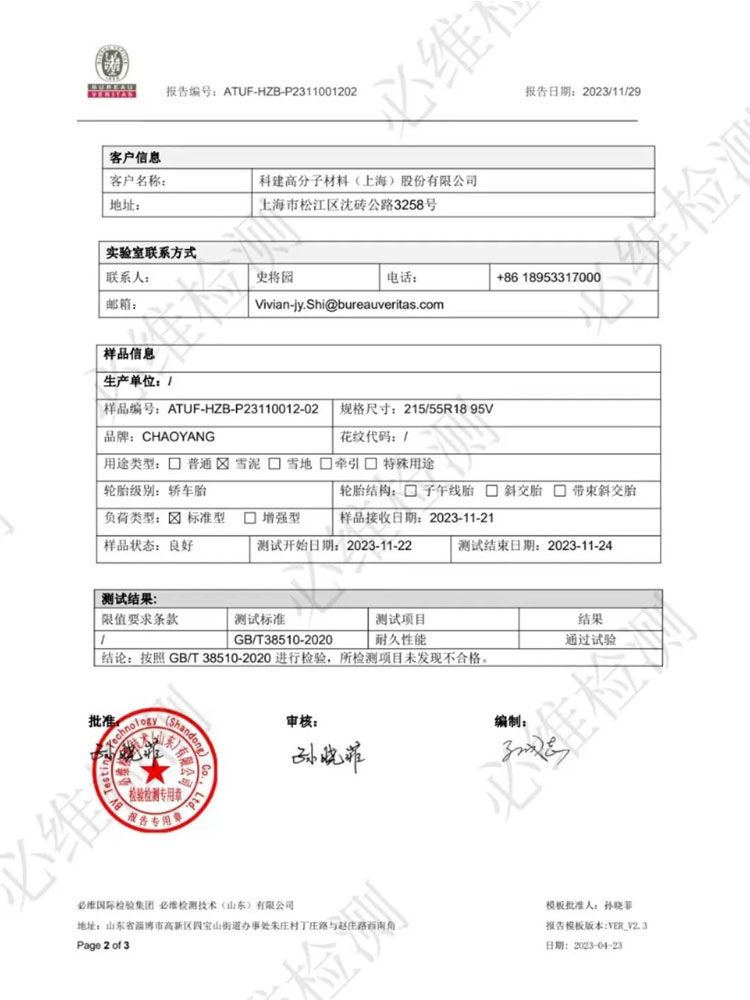Steering the Future, Self-Healing Tires Lead a New Era of Safety
2024-08-13
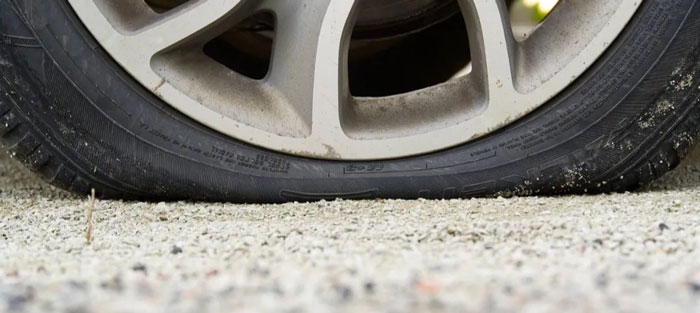
With the continuous advancement of the automotive industry and the increasing consumer demand for safety performance, tire safety has become an indispensable part. In daily driving, tires may face unexpected situations such as punctures or cuts, which can lead to increased vehicle maintenance costs and even greater safety hazards. However, traditional tire repair often requires changing to a spare tire or towing for repair, consuming a lot of time and effort. Even with the use of "run-flat tires," which can continue to operate even after a loss of pressure, there are still issues such as poor comfort due to thick sidewalls and difficulty in disassembly and maintenance.
Accelerating the layout of new tire technology tracks
Self-healing butyl rubber lining for tire inner walls
In recent years, a new type of self-healing tire has been gradually gaining prominence. By coating the inner wall of traditional tires with a layer of polymer nano-rubber, it not only addresses the safety issues of traditional tires but also completes self-repair without affecting driving.
Since its establishment, Kejian has had rich experience and professional expertise in the research and development and manufacturing of butyl rubber. Now it has successfully developed a self-healing tire material—self-healing butyl rubber, providing a new solution for tire safety.
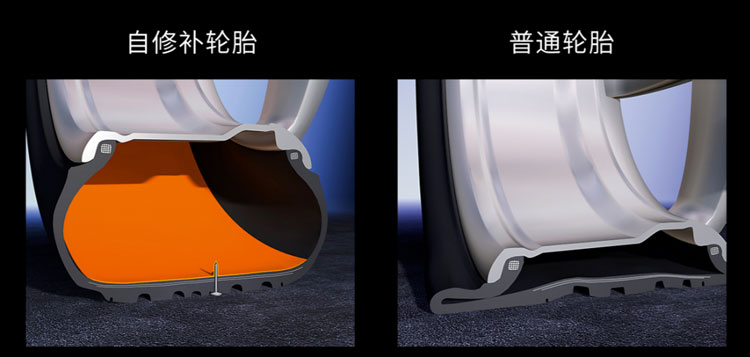
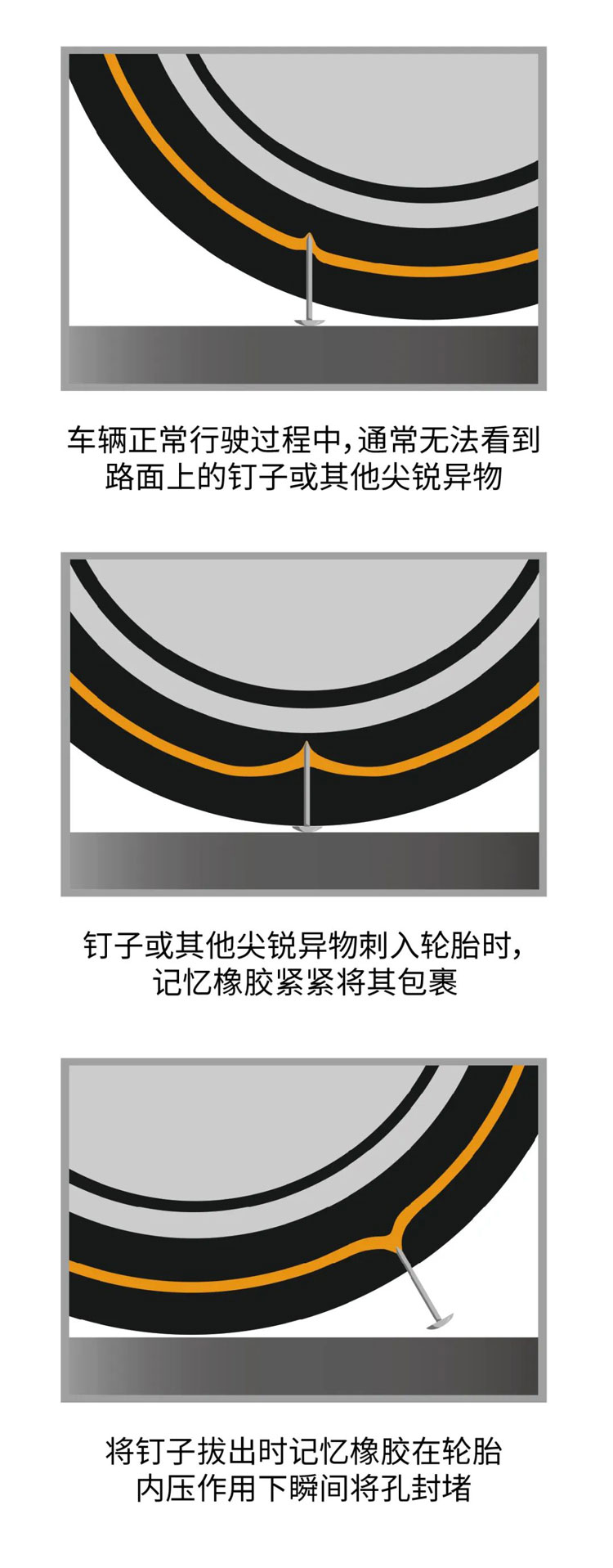
This self-healing butyl rubber possesses a stable and unique self-repair capability. When a tire is punctured by sharp objects such as nails, the self-healing compound rapidly encapsulates the sharp object, effectively preventing air leakage. When the foreign object is removed, the compound automatically fills the resulting hole, thereby ensuring the tire's air pressure remains stable and safeguarding the occupants' safety. In addition, this material also has excellent wear resistance and anti-aging properties, which can extend the service life of the tire.
The Kejian R&D team has maintained deep mutual trust with partners from the initial stages of formula design. The tire cleaning and butyl rubber application equipment, as well as the equipment procedures independently developed by partners, can fundamentally solve the current difficulties of poor dynamic balance and unstable compound in self-healing tires. When the equipment and compound match is optimal, it makes the self-healing tire more stable at high speeds and also ensures the even distribution of the compound, enhancing the tire's service life.
Kejian's self-healing rubber has now passed tests for low-temperature air tightness, durability, and high-speed performance
On February 1, 2021, the national standard GB/T 38510 "Evaluation of Self-sealing Performance for Tyres Coated with Self-sealing Material" was officially implemented. This marked the official opening of the self-repairing tire market. Currently, tires coated with Kejian's self-healing rubber have passed the strict tests of low-temperature air tightness, puncture high-speed performance, and puncture durability in accordance with GB/T 38510-2020, meeting the national safety standards .
After several years of research and testing, Kejian has successfully applied self-healing butyl rubber to tire production, breaking through the limitations of traditional tires and injecting new vitality into the development of the automotive industry. Through close cooperation with various car manufacturers, we have jointly exchanged ideas and attempted to implement self-healing tire products in the assembly plant.
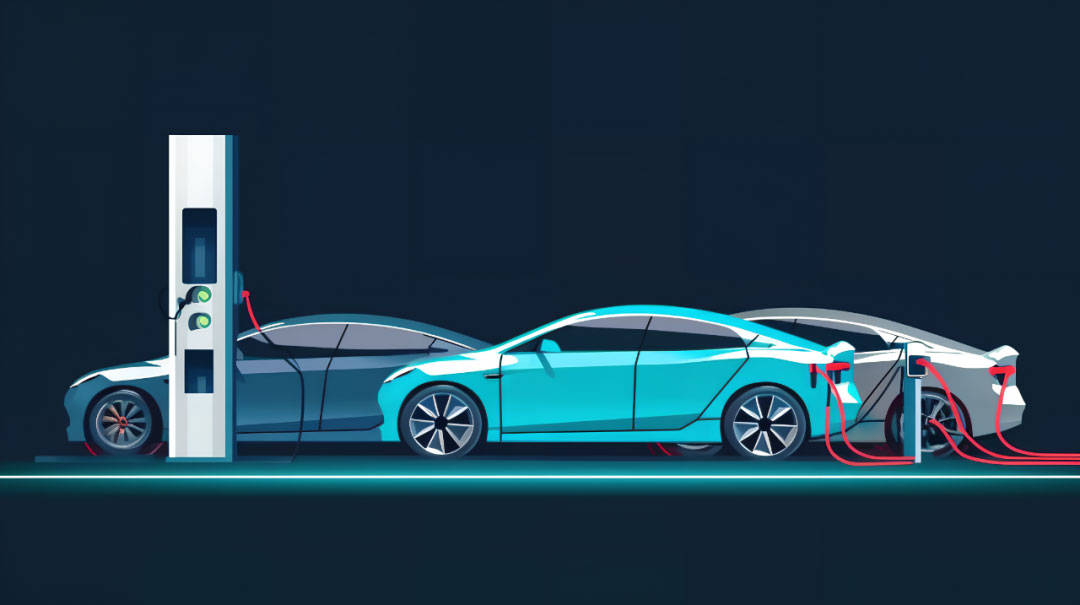
With the continuous popularization of new energy vehicles and the significant limitations new energy vehicles face regarding spare tires, an increasing number of new energy models will come standard with self-healing tires. It is foreseeable that with the continuous iteration and improvement of self-healing tire technology, it will provide people with more secure, convenient, and efficient travel protection in the future.

